
This content supports the SDG Goal 3: Good health and well-being and Goal 6: Clean water and sanitation by emphasizing the presence of pathogens, particularly virus, in the waste and leachate materials of some landfills, and also on the waste management, awareness, precaution, needed to be considered to overcome the diseases caused by viral particles.

This article ties to SDG 3. This resource, created together by Osmosis and the National Organization for Rare Diseases (NORD), aims to increase the knowledge and awareness about the rare disease Langerhans Cell Histiocytosis (LCH), a proliferation of abnormal histiocytes, which are inflammatory immune cells that constantly patrol the body for invaders and can infiltrate multiple body parts including the bones, skin and nervous system.
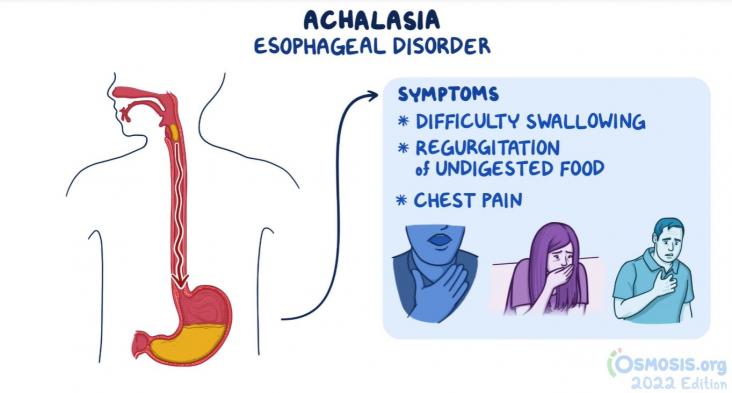
This article ties to SDG 3. This resource, created together by Osmosis and the National Organization for Rare Diseases (NORD), aims to increase the knowledge and awareness about the rare disease Achalasia, which involves damage to the nerves in the esophagus causing the lower esophageal sphincter, a circular muscle at the end of the esophagus, to be unable to relax. The resulting symptoms include difficulty swallowing and chest pain.
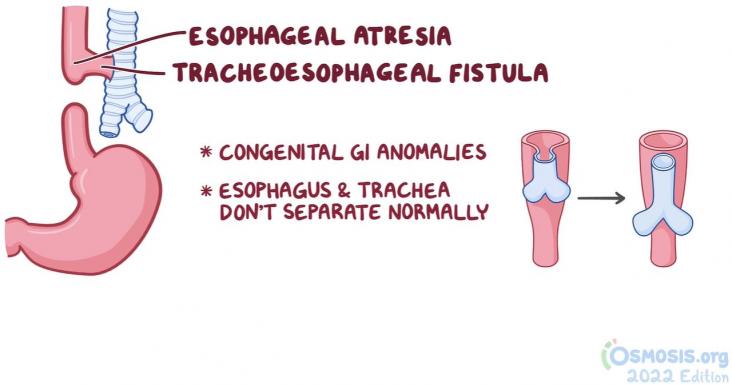
This article ties to SDG 3. This resource, created together by Osmosis and the National Organization for Rare Diseases (NORD), aims to increase the knowledge and awareness about the rare birth defect Esophageal Atresia & Tracheoesophageal Fistula. This disease occurs when the esophagus fails to develop correctly, essentially ending in a blind pouch that is commonly connected to the trachea, creating a tracheoesophageal fistula.
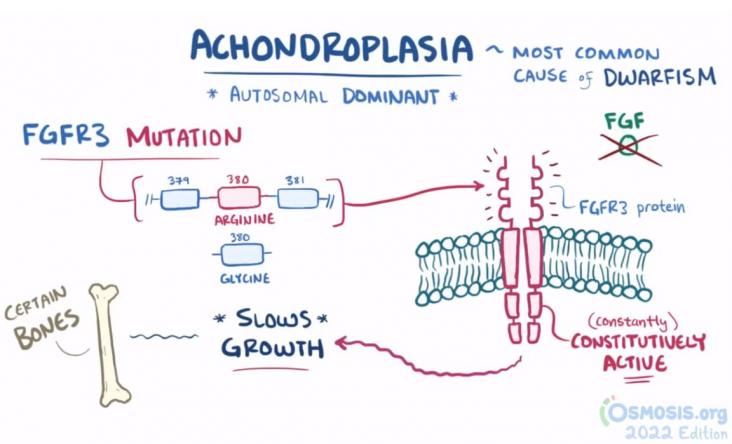
This article ties to SDG 3. This resource, created together by Osmosis and the National Organization for Rare Diseases (NORD), aims to increase the knowledge and awareness about the rare disease Achondroplasia, the most commonly occurring form of skeletal dysplasia that occurs in approximately 1 in 20,000-30,000 live births.

Elsevier Health is launching an ambitious initiative called “The Year of the Zebra” to educate millions of current and future healthcare professionals, caregivers, researchers, patients, family members, and the general public about rare disorders.
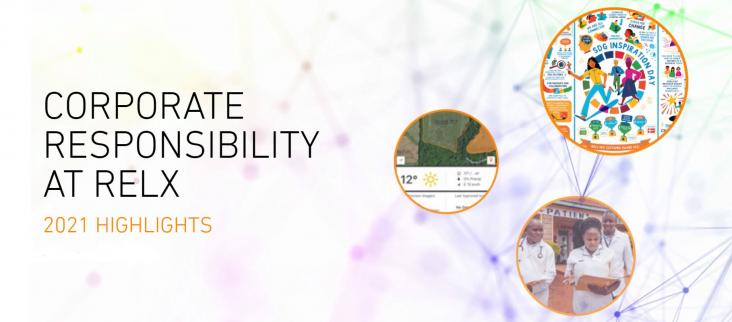
In 2021, RELX continued to build on our strong corporate responsibility (CR) performance during the year, further improving on our key internal metrics and extending the scope of our unique contributions. This article is linked to SDGs 1,3,10,11,12,13 and 16, in line with RELX's areas of expertise.
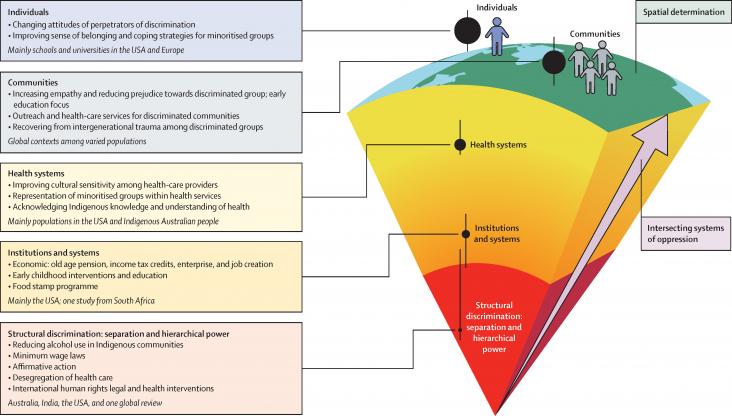
This Series paper supports SDGs 3 and 10 by focusing on wider societal action to confront the health effects of racism, highlighting that broader, deeper, transformative action is needed compared with current measures to tackle the adverse effects of racism on health.
This content supports the SDG Goal 3: Good health and well-being by discussing sexually transmitted diseases caused by viruses including genital warts, genital herpes, the human immunodeficiency virus, human T cell lymphotropic virus, and hepatitis A, B, C.
Partner content
World Bank
These dashboards present data from the World Development Indicators (WDI) that help to monitor the Sustainable Development Goals (SDGs).
